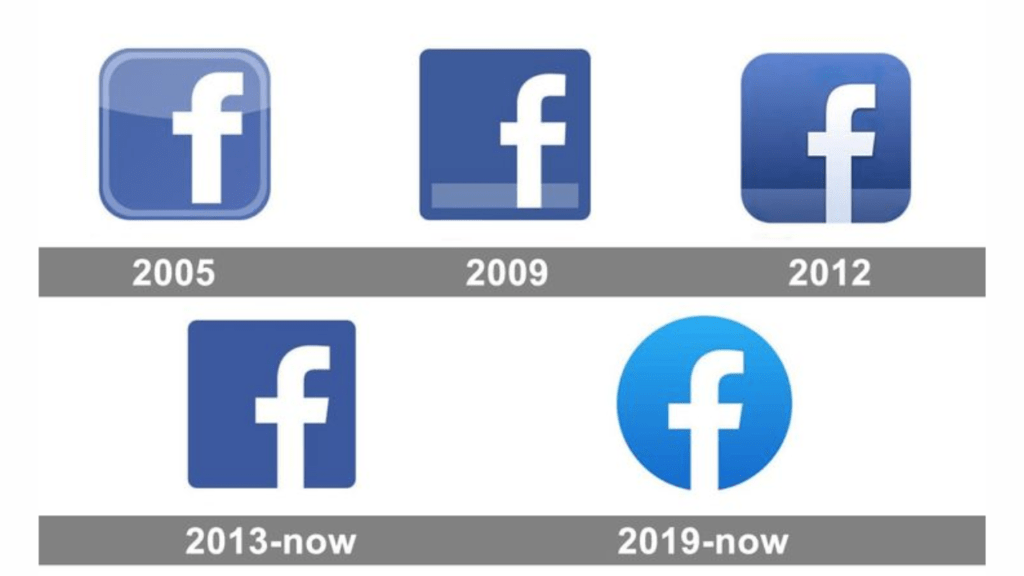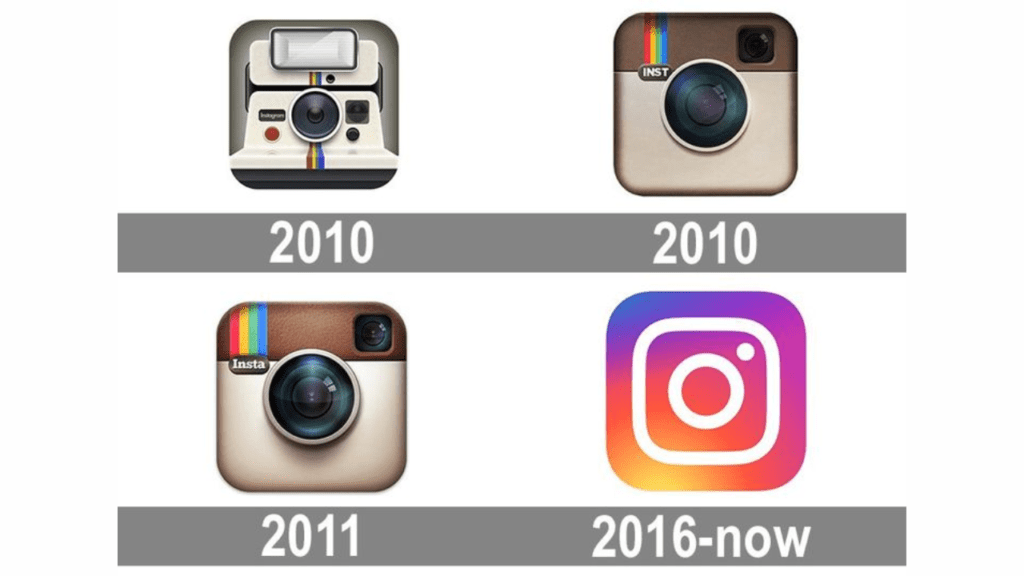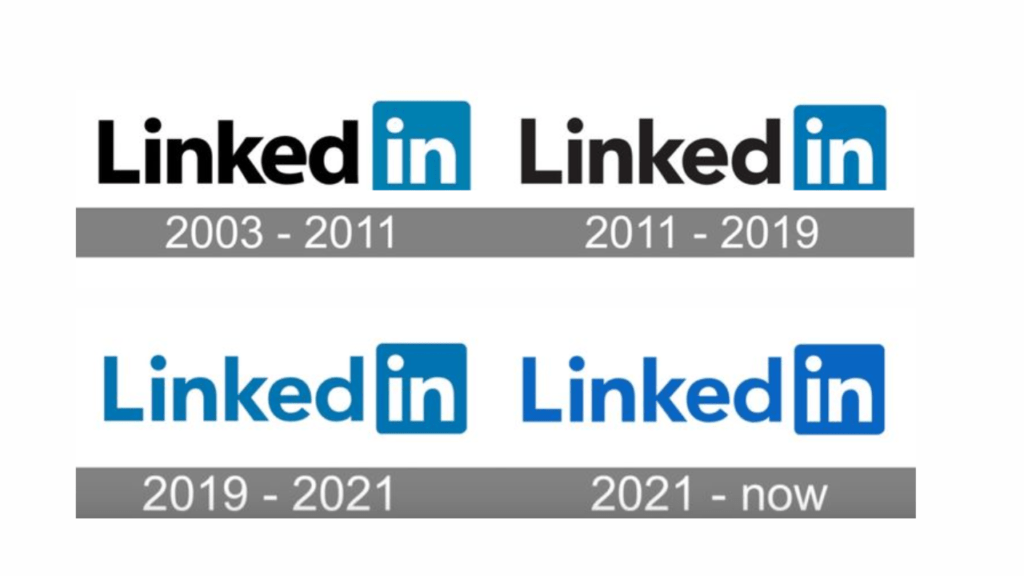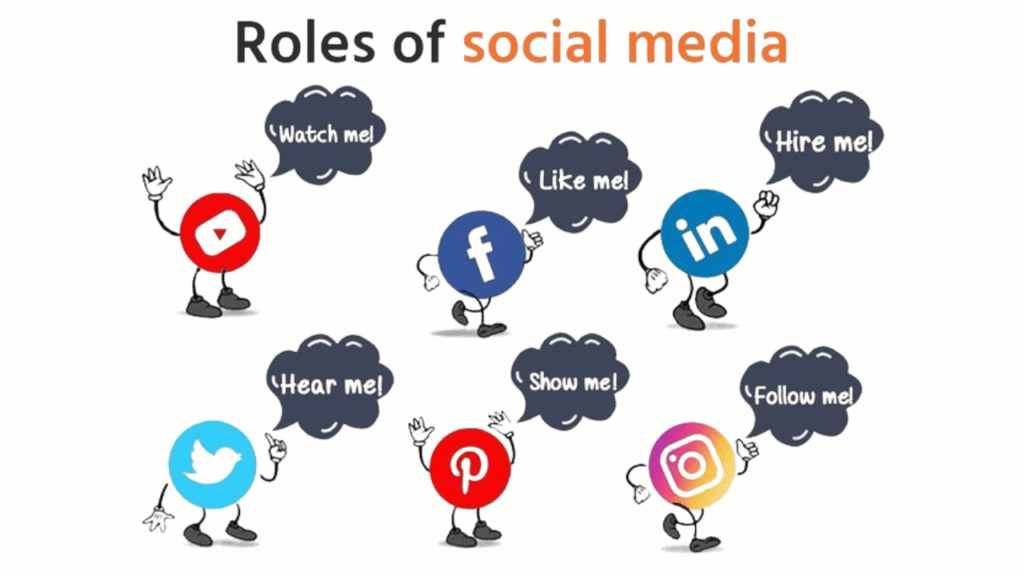Table of Contents
ToggleSocial Media Marketing Strategy: From Planning to Execution
- Why a Social Media Strategy Matters?
- Step 1: Define Clear Goals
- Step 2: Understand Your Target Audience
- Step 3: Choose the Right Platforms
- Step 4: Develop and Share Original Content
- Step 5: Implement a Content Calendar
- Step 6: Engage, Monitor, and Optimize
- Real-world Case Studies: Success Stories
- Common Mistakes to Avoid
- Conclusion
Social media has revolutionized how businesses operate, personal brands grow, and communities connect. It has billions of active users all over the globe. Instagram, LinkedIn, and Facebook are no longer optional tools; they have become essential to use. Yet, posting does not equal a strategy; what’s needed is a well-crafted social media marketing strategy with measurable results.
Follow with actionable steps, real examples, and some insights to make you plan a winning social media strategy. Whichever type of business might be, owner, marketer, or someone needing the building of personal brands, this blog has everything it takes to kick start.
A comprehensive social media marketing strategy aligns your efforts with your goals and resources for maximum ROI. Here are a few key areas where a strategy makes an impact:
1. Brand Awareness and Visibility
Social media is helping businesses and people to reach more audiences quickly. Statista estimated that 4.9 billion people use social media worldwide. Therefore, social media has become a primary space to increase visibility.
2. Lead Generation and Conversions
With Instagram and LinkedIn, businesses can capture leads through targeted ads and calls to action.
3. Customer Engagement and Retention
Social media creates a two-way communication channel to connect with audiences and build loyalty for brands.
4. Competitor Differentiation
An effective strategy helps your brand stand out in a saturated market by showing a unique value proposition.
Expert Insight: Neil Patel, a leading digital marketing expert, says, “Without a strategy, you are posting into the void. A good social media strategy is your map to success.”

Every successful campaign will start with one clear goal. Use the SMART framework:
- Specific: Focus on a specific outcome for example, increase Instagram followers.
- Measurable: Define metrics of success, for example, 20% growth in followers.
- Achievable: In regards to your resources, set possible goals.
- Relevant: Ensure it aligns with the overall business objectives.
- Time-bound: Attach a deadline (within three months).
Case Study:
A bakery in a neighborhood set a three-month goal for increasing its number of followers on Instagram by 20%. It successfully posted high-quality product images and also interacted with users, whose number increased 30% on the platform and subsequently led to a rise of 15% in in-store sales.

This means getting to know who you are addressing.
- Demographics: Age, location, gender, income.
- Interests: Hobbies, preferences, pain points.
- Behaviors: Buying patterns, online activity.
Tools to use:
- Facebook Audience Insights
- Google Analytics
- Social media platform analytics
Real-World Example:
A fitness brand targeting young professionals found out that their audience loves short, motivational videos. By adjusting their content, the engagement rates shot up to 40%.

Each has some unique strengths. Select those, which match both your objectives and intended audience.
Platforms to Consider
- Instagram: Suitable for visual brands, such as fashion and food.
- LinkedIn: Best for B2B and professional services.
- TikTok: Great for reaching Gen Z with short, creative videos.
Case Study: A small B2B tech firm initially focused on Instagram but saw poor results. Shifting to LinkedIn and sharing industry insights generated 50 high-quality leads in six months.

Original content builds authenticity and trust. Here’s how to create content that resonates:
- Show Behind-the-Scenes: Share your process or workplace culture.
- Use User-Generated Content: Encourage customers to share photos using your products.
- Engage Through Storytelling: Craft narratives around your brand’s journey or values.
Example: A personal brand sharing behind-the-scenes videos on Instagram doubled its follower count within a year.
Audiences’ interests are kept with consistency.
Advantages:
- Prompts timely publishing.
- Aids in balancing promotional, educational, and entertaining types of content.
Tools to Use:
- Buffer
- Hootsuite
Sample Calendar:Day
Content Type
Platform
Monday
Educational Blog Post
LinkedIn
Wednesday
Product Showcase
Instagram
Friday
Live Q&A
Facebook
Case Study: A retail brand using a content calendar improved engagement by 25% over six months.

On social media, it’s a two-way street. Engaging with replies and DMs is a way of winning hearts and gaining people’s confidence.
Tools for Social Listening:
- Brandwatch
- Sprout Social
Example: Based on audience feedback, a clothing company optimized their product descriptions and got a better conversion.
Key metrics to track:
- CTR (Click-through Rate)
- Impressions
- Conversions
Case 1: An online small e-commerce business had teamed up with micro-influencers, resulting in sales up by 150% in the first three months.
Case 2: A personal brand Tweeted out string threads on industry trends which earned him about 10 000 followers a year.
- Poor Clear Goals: Causes wasted effort and poor returns.
- Over-Promoting: Focus on providing value over selling.
- Ignoring Analytics: Missed opportunities for optimization.
- Pro Tip: Always review your metrics to understand what works and what doesn’t.
Building a great social media marketing strategy is about clear goals, understanding the target audience, the type of platform, original content, and continuous optimization. Start small, adapt, and let data guide growth.

